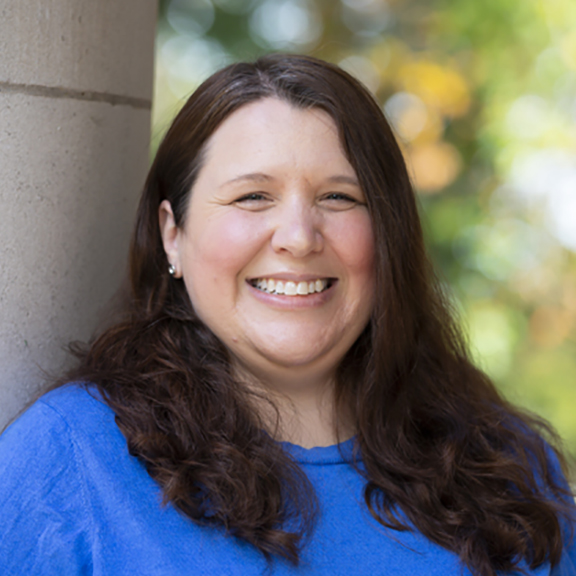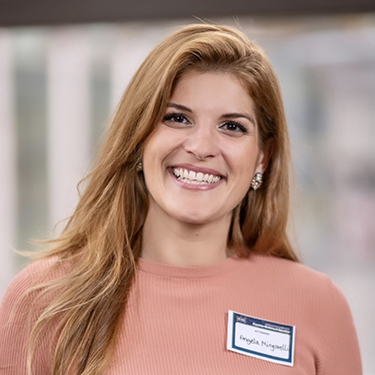TWiV reviews cases of measles in Brooklyn NY and Washington DC, stalling of global childhood vaccination, licenses H5N1 vaccines protect against circulating strains, viruses traveling without passports. OC43 SARS-CoV- 2 spike replacement virus as an improved BSL-2 proxy virus for SARS-CoV-2 neutralization assays, and deep mutational scanning reveals functional constraints and antibody-escape potential of Lassa virus glycoprotein complex.
TWiV reviews a Lassa virus mRNA vaccine that confers protection against disease without inducing neutralizing antibodies, and a CRISPR-based method for engineering the genome of RNA viruses.
Tom Monath joins TWiV to discuss his wide-ranging career that includes medicine, field work and vaccine development while working for the US government, the US military, and multiple biotechnology companies.
TWiV explains how cap-snatching, the priming of viral mRNA synthesis with fragments of host mRNAs, can lead to the synthesis of novel viral proteins.
Vincent and Rich visit Fred Murphy to hear about his wide-ranging career in virology, spanning many institutions, involving dangerous viruses like rabies virus, Ebolavirus (he took that famous iconic image), Marburg virus, Lassa virus, coronaviruses, and later writing a history of the field.
Vincent travels to the European Congress of Virology in Rotterdam and with local co-host Marion Koopmans speaks with Martin Beer, Stephan Gunther, and Vera Ros about their careers and their work on Lassa virus, Borna virus, and insect viruses.
Vincent travels to Microbiotix, Inc, a biopharmaceutical company in Worcester, MA to speak with four members of the company about their discovery and development of small molecule drugs that target serious infectious diseases.
Sean Whelan returns to TWiV to speak with Vincent about using haploid cell lines to identify genes encoding cell receptors for viruses, including Ebolavirus, Lassa virus, and more.
The TWiVome discusses an miRNA based strategy to mitigate risk of gain of function studies, and identification of a second receptor required for Lassa virus entry.
Vincent and Dick recall the discovery of Lassa virus in Africa in 1969. A non-fictional account of the story, ‘Fever’, written by John G. Fuller and published in 1974, inspired Vincent to become a virologist. Part of the story took place at Columbia-Presbyterian Hospital (now Columbia University Medical Center), where both Vincent and Dick are employed. Dick remembers many of the key players in this medical drama.








